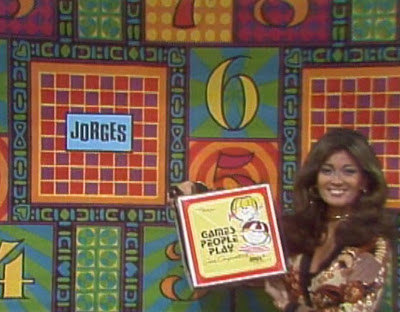Once again
Toad Suck Daze, the local downtown festival, was scheduled on the same weekend as graduation. But this year the beautiful weather and a free Sunday afternoon lured us down to the Toad Dome to see the sights.
A Toad Suck Daze 2008 chronology:1. Ask Archer if he wants to go to Toe Sock Daze. (He called it that back in 2005, which might have been the last time we went, come to think of it.)
2. Park at LifeWord Ministries near downtown, worry briefly that we'll be toad. (OK, I'll stop.)
3. Watch a local magician teaching kids the "torn and restored napkin trick" and then delight them with a rabbit-in-a-hat puppet named Puff.
4. Get a "kitty cat" balloon animal for Cady Gray which, frankly, doesn't look noticeably different from the "puppy dog" the girl in front of her got. The first balloon pops, and Archer spends the rest of kitty-cat fabrication with his hands over his ears.
5. Buy $20 worth of
Toad Bucks (after some unpleasantness a few years ago, the food and midway stalls aren't allowed to take cash).
6. Watch a remote-control car race at a pretty darn cool banked track. (Archer, in hog heaven, spent the whole race yelling the numbers of the cars as they passed him: "01! 17! 8! 21!")
7. Wait while a train passes before we can cross over to
Toad Suck Square. (Archer: "The red lights are blinking for walking this time.")
8. Spend 3 Toad Bucks on a plastic "keg" of root beer.
9. Watch two rounds of toad races, the marquee event of Toad Suck Days, in which kids who've caught toads and brought them in custom-printed "Toad Haulers" bang the astroturf behind them to try to make them jump forward in their lane. A toad named "Sonic Red" won the first round.
10. Spend 3 Toad Bucks on three deep-friend Oreos.
11. Ride the merry-go-round with the kids. (Biggest hit of the day. Cady Gray loves a merry-go-round, though she said afterwards that she likes the down part but not the up part. Archer couldn't contain his happiness; he struck up a conversation with the girl next to him, whom he later informed us was named Hannah and was 10 years old.)
12. Eat the deep-fried Oreos, now no longer dangerously hot from the fryer. Kids happy, covered with powdered sugar.
13. Turn the kids loose in a bouncy castle. Every time they slid down the slide and came back around the front, I had to encourage them to go back in ("Go again! Go go go!"). At one point, Archer started back in, but paused and turned back to me: "Mom, would you cheer for me?"
14. Spend 3 Toad Bucks on a lemonade.
15. Look for something to spend our last 2 Toad Bucks on. Kettle corn is the only thing we can find. Sweet and good.
16. Farewell until next May, Toad Suck Daze!
















